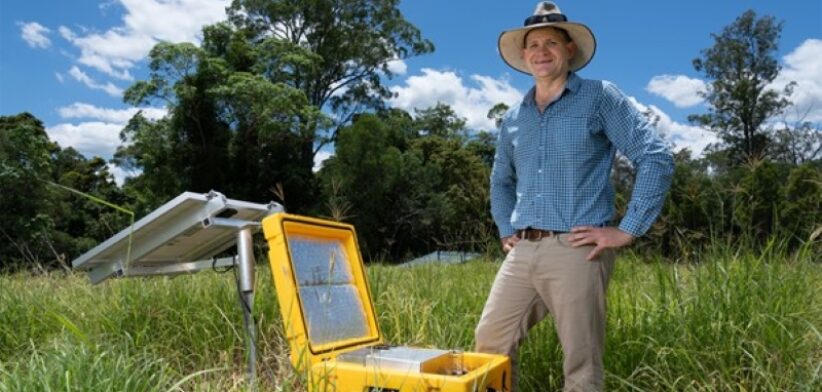Australian grain growers will be better able to report on their carbon footprint through a new multi-million dollar study.
QUT Professor David Rowlings is leading the $8 million national study which aims to quantify greenhouse gas (GHG) emissions from crop residues.
An initiative of the Grains Research and Development Corporation, the project involves two years of fieldwork to quantify emissions from crop residue decomposition across a range of crop types, such as cereals, oilseeds and legumes, climates and soils at five sites across the country.
Professor Rowlings said the trial sites would be at Gatton, to the west of Brisbane, Tamworth and Wagga Wagga, in New South Wales, Horsham, in Victoria and the West Australian town of Wongan Hills.
He said the trial sites would be co-ordinated and monitored by research partners including various state government departments responsible for agriculture and the University of Queensland.
“The landmark study is expected to have significant benefits for grain growers and marketers, as the GHG emissions attached to grains can impact the price and marketability of exports, as well as the sustainability credentials of farm businesses.”
Professor Rowlings said crop residues emitted GHG as they decomposed in the paddock, with nitrous oxide (N2O) making up most of these emissions.
“Australia includes these emissions in its sector-level accounting to the Intergovernmental Panel on Climate Change.”
He said at each trial site, N2O would be measured for the 12 months following harvest to obtain accurate data on the emissions from the decaying crop residues.
“Crops being studied include wheat, faba beans and canola in NSW and Victoria; maize, sorghum, wheat and faba beans in Queensland; and wheat and canola in WA.
“We have achieved a good spread of representative climate conditions, soil types and crops. Over the two years and five locations, we will gather 32 site-years’ worth of data,” Professor Rowlings said.








